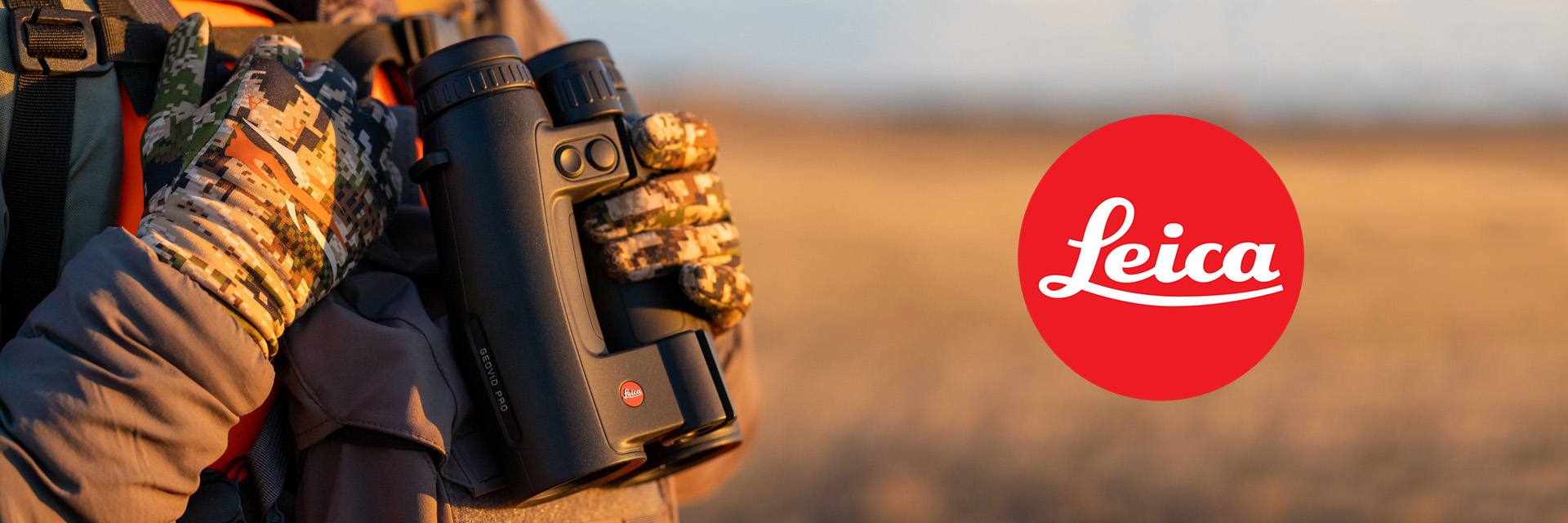Welcome to Optics Trade debates. In each episode, we talk about a different topic and try to answer the most common questions we receive about it. Today, we are going to talk about lens coatings.
In the past, manufacturers produced lenses and prisms out of normal glass. There is a lot of light lost when traveling through the optical construction of optics that pre-date WW2 (they lost from 30 to 50% of light).
Zeiss noticed that coating the surface of the lenses with a special material minimizes the loss of light. With that revelation, they improved the light transmission rate from 50% to 80%. When lens coatings started to be used, terms like relative brightness and twilight factor became irrelevant because of the change in optical properties.
Coated optics have some lens surfaces coated. Only some are covered and with only one layer of material.
Fully coated optics have all surfaces coated on all lenses and prisms. They are covered with one layer of material.
Multi-coated optics have multiple layers of different materials to achieve a better light transmission rate. There can be more than 20 different layers on some glass elements.
Fully multi-coated optics have multiple layers of different materials on all lenses and prisms. This is more or less becoming a standard.
The best optics on the market have 96-97% light transmission rates, which is astonishing when compared to optics that were made 50-70 years ago.
There are three types of coatings.
There are the coatings that are used on glass elements with an intention of improving light transmission rates, resolution, color fidelity and achieving superior optical performances.
There are coatings that prevent external fogging when the optics are in use in lower temperatures. These are coatings like AquaDura, LotuTec, RainGuard… These coatings are hydrophobic.
The third type of coatings prevents scratching on the objective lens. Some coatings combine the function of this type and the fog-proof type.
The majority of optics that cost more than 200 € have fully multi-coated lenses and prisms.
We would like to thank you for your time. In case we did not answer all the questions regarding this topic, please leave a comment below or send an e-mail to us. If you found this video useful, please subscribe to our channel.
Explanation of the term on our website:
Optical products have many lenses in their housing. With each lens, about 5% of the light passing through is lost. This can be solved with an application of coatings on the glass surfaces. With years the technology of coatings changed. At first, they used only one layer, where the reduction of the loss was to 2% per surface. Today they use multiple layers of coatings where there’s minimal loss of light – 0.1% per surface. The best binoculars have even 95% of the light transmitted to the eye, through all their lenses.
With increasing transmission of the light, the coating is also important as a protectant of the optical glass and to ensure the true color fidelity, so the colors when entering are the same when exiting binoculars/riflescope. Above all, coatings also increase the image quality because all the light bouncing around on the inside can cover up detail and blur colors.
The process of applying coatings has to be precise, otherwise, it can contribute to a hazy and blurred image. They must be spread evenly and thinly to ensure the best quality. The better the coatings, the more expensive the optical product.
Lens coatings are as important as the quality of the lenses themselves. You can easily check whether your optical product has coatings – if you look at the reflection and it shows multiple colors such as purple, green or yellow the lenses are definitely coated. On the opposite, lenses with no coatings have a clear reflection without showing any colors.
There are many different ways of applying lens coatings:
-
Coated: where one or more glass surfaces are coated with one thin anti-reflective layer.
- Fully coated: where all glass surfaces are coated in one thin anti-reflective layer.
- Multicoated: where one or more glass surfaces are coated in multiple layers. Light transmission is more than 75%.
- Fully multicoated: where all glass surfaces are coated in multiple layers. Light transmission is more than 85%.
-
Outer surface coating: coating on the outer glass surface which protects the lens from external dew (especially in the winter), partially from dirt and other impurities. They can have different names, depending on the manufacturer (LotuTec, Swarodur, AquaDura)

Source: ZEISS
Products mentioned:
Binoculars: https://www.optics-trade.eu/en/binoculars.html
Riflescopes: https://www.optics-trade.eu/en/riflescopes.html
Spotting scopes: https://www.optics-trade.eu/en/spotting-scopes.html
NV optics: https://www.optics-trade.eu/en/night-vision-optics.html




